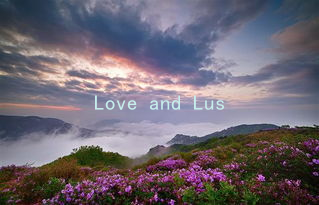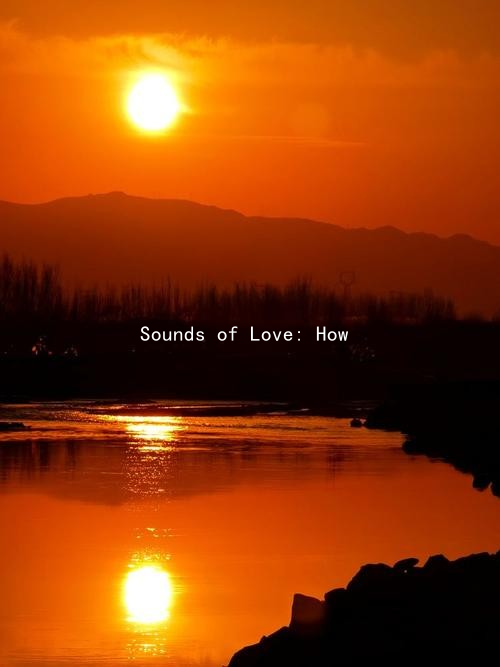Love and Lust: A Philosophical Examination of Their Roles in Relationships
Love and Lust: A Philosophical Examination of Their Roles in Relationships
The distinction between love and lust has been a topic of philosophical inquiry for centuries. Often conflated yet distinctly different, these two powerful emotions play significant roles in human relationships. Understanding their nature can illuminate the intricacies of romantic connections and enrich our experiences in love.
Lust is often characterized as a primal, instinctive force that drives sexual attraction and desire. It is a potent urge tinged with physicality, fueled by hormones and an immediate need for gratification. This passionate yearning is commonly experienced at the onset of a new relationship, where the excitement of physical intimacy can overshadow deeper emotional connections. From a biological perspective, lust serves an essential purpose—it fosters procreation and ensures the continuation of species. However, when lust is viewed through a philosophical lens, it raises questions about authenticity in relationships. Can a connection based primarily on physical attraction ever evolve into something more substantial?
In contrast, love encompasses a broader spectrum of emotions and experiences. It transcends mere physical attraction and ventures into the realm of companionship, trust, and emotional intimacy. Love is often described as selfless, encompassing care and concern for another’s well-being beyond one’s own desires. Philosophers like Plato and Aristotle have explored love in its various forms—platonic, romantic, and agape—each emphasizing the importance of emotional bonds and mutual respect. Love fosters a sense of belonging and security, providing the emotional foundation upon which long-lasting relationships are built.

The interplay between love and lust can be seen in many romantic partnerships. Initially, a strong physical attraction may bring two people together, igniting a passionate romance. However, as time progresses, the challenge lies in nurturing this initial spark into a deeper emotional connection. A relationship solely based on lust may experience volatility and disappointment over time; it often lacks the necessary elements of understanding, communication, and commitment that love entails.
Conversely, love may sometimes need an infusion of lust to keep the romance alive. Couples in long-term relationships often face the challenge of sustaining physical desire amidst routine and familiarity. Balancing love with lust requires intentional effort and exploration, as partners navigate the complexities of maintaining both emotional intimacy and physical attraction. Open communication, vulnerability, and shared experiences can reignite the flame of desire, ensuring that it complements the stability of love rather than undermining it.
Philosophically, one must consider the implications of prioritizing either emotion in a relationship. Can a union based purely on lust be justified? Does the presence of love negate the significance of lust, or is it essential for a fulfilling romantic experience? These questions compel us to reflect on our own relationships and the dynamics we foster within them.
In conclusion, love and lust are integral components of romantic relationships, each contributing uniquely to the human experience. While lust may spark attraction and excitement, love deepens connections and nurtures enduring partnerships. Acknowledging the roles of both emotions can empower individuals to cultivate meaningful relationships that are passionate yet grounded in mutual respect and understanding. Embracing the complexity of love and lust allows us to appreciate the rich tapestry of human connection, enriching our lives and the lives of those we cherish.





